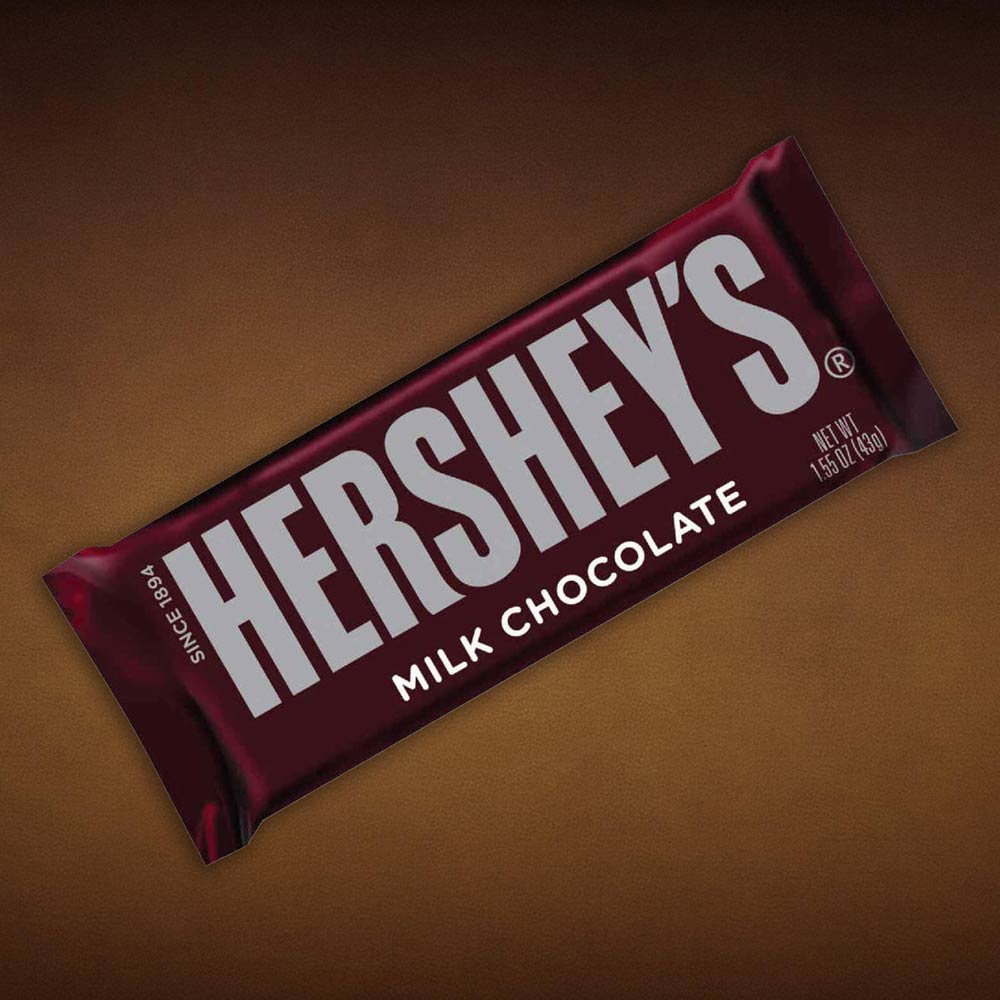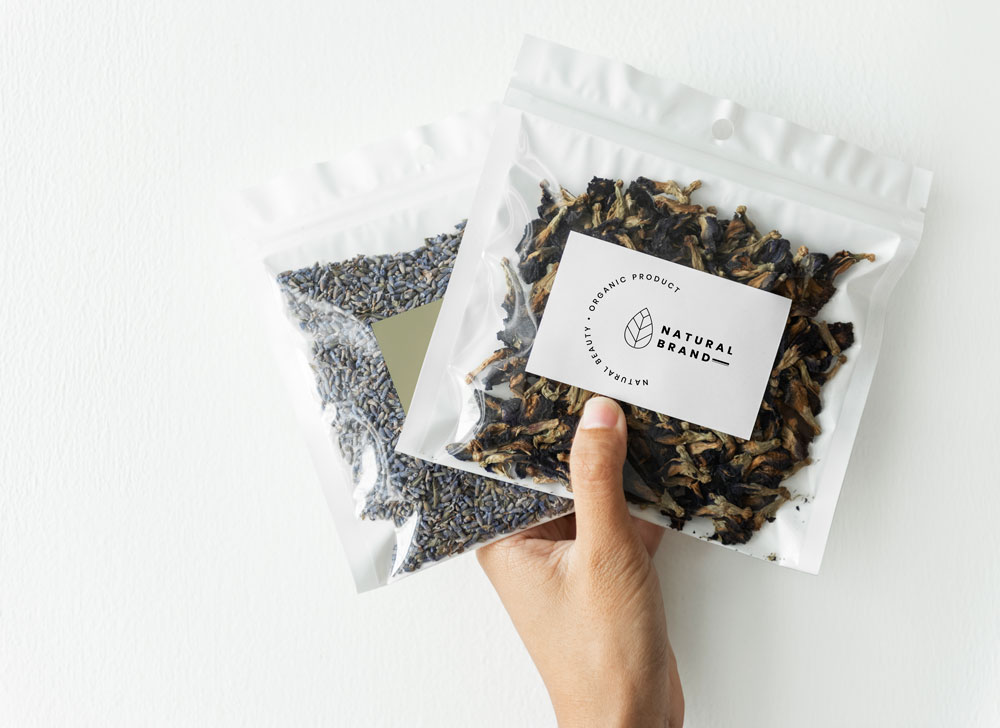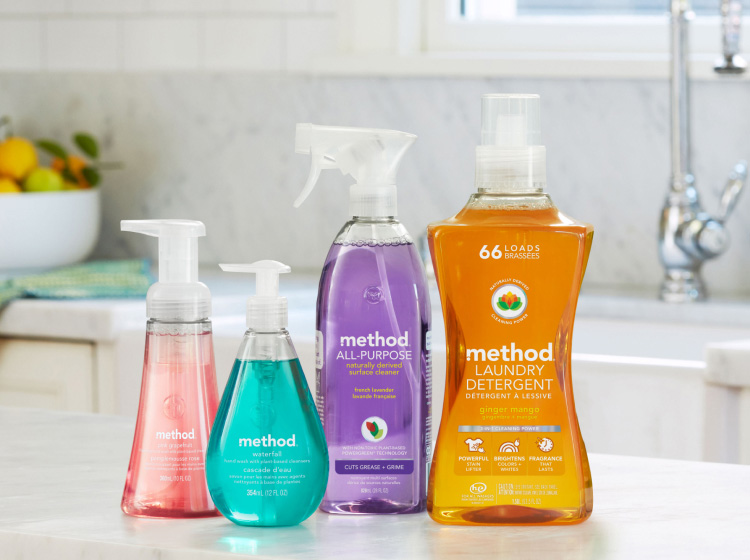2024 Packaging Design Trends: What’s Hot and What’s Not
In 2024, packaging design trends are evolving to meet the demands of an increasingly discerning and environmentally conscious consumer base. To stay competitive, brands are adopting new strategies that resonate with these modern values. Whether you’re a designer or a business owner, understanding these trends is essential to creating packaging that not only looks great but also connects with your audience.
In this article, we’ll explore the top packaging design trends of 2024, provide real-world examples from well-known brands, and delve into the consumer psychology driving these trends. Plus, we’ll share where you can find inspiration for your packaging design projects.
1. Sustainable Packaging

Consumers today are more environmentally conscious than ever before and we are seeing a significant move towards sustainable packaging solutions. Brands are increasingly moving towards using materials that are recyclable, biodegradable or reusable. The focus is on minimising environmental impact while maintaining a premium look and feel.
Sustainable packaging doesn’t just mean using eco-friendly materials; it’s also about rethinking the entire lifecycle of packaging. This includes reducing waste during production, designing for reuse and even considering the energy used in transport.
We are seeing some brands experimenting with innovative materials such as mushroom-based packaging, which is fully biodegradable, or seaweed packaging that dissolves in water. These cutting-edge approaches not only reduce environmental impact but also offer a unique story that brands can share with their consumers, increasing brand perception and loyalty.
Example:

The U.K.-based cosmetics brand Lush is famous for its “naked” packaging, where many products are sold without packaging. When packaging is required, they use 100% recycled and recyclable materials, emphasizing minimalism and sustainability worldwide.
Consumer Psychology Insight:
Sustainability isn’t just a buzzword; it’s a value that modern consumers value highly. By choosing sustainable packaging, brands appeal to consumers’ desire to make environmentally friendly choices, which can increase brand loyalty and trust.
2. Minimalist Design

Minimalism will continue to be a key trend in 2024 packaging designs. We’re seeing a strong preference for clean lines, simple colour palettes and uncluttered designs that convey a sense of luxury and sophistication.
Minimalist design in packaging is more than just an aesthetic choice; it’s a strategic choice. By stripping down design to its essentials, brands can create more impact with less. This approach also aligns with sustainability principles, as it often leads to fewer materials being used.
In addition, minimalist packaging can improve shelf presence, making products stand out in a cluttered retail environment. It’s all about clarity and focus, letting the product itself take centre stage. We’re also seeing brands use minimalism to improve the user experience, making packaging easier to open, store and recycle.
Example:

Apple is the master of minimalist packaging. Their sleek, simple packaging design reflects the beauty and quality of their products, making the unboxing experience an integral part of the brand experience.
Consumer Psychology Insight:
Minimalist designs appeal to consumers’ desire for simplicity and clarity. In a world overloaded with information, minimalist packaging provides a refreshing break, signalling quality and a focus on what’s important.
3. Smart Packaging
With the rise of the Internet of Things (IoT), we are seeing smart packaging become more prevalent. This trend involves integrating technology into packaging, such as QR codes, NFC tags, or even augmented reality (AR) features that provide additional information or a unique experience.
Beyond just providing additional product information, it can also improve the overall consumer experience, making it more personalized and engaging.
For example, brands are using AR to bring their packaging to life, offering virtual try-ons, tutorials, or even immersive brand storytelling. We are seeing this trend, especially in the beauty and food industries, where consumer engagement and education are important. Smart packaging also provides brands with valuable data, helping them better understand consumer behaviour and preferences.
Example:

L’Oreal has introduced smart packaging with QR codes that when scanned provide customers with personalised product recommendations.
Consumer Psychology Insight:
Smart packaging satisfies the consumer’s curiosity and desire for convenience. It provides an interactive experience that increases engagement and can significantly influence purchasing decisions.
4. Bold Typography
Bold, oversized typography is a trend we see making waves in 2024 packaging designs. This style is all about making a statement, with the text on the packaging playing the main role.
Bold typography is more than just visually appealing; it’s a powerful tool for brand messaging. Large, clear text can convey confidence and directness, making a product’s value proposition immediately clear to consumers. We’re seeing brands use this trend not just for aesthetic effect, but also to highlight key product features or brand values.
In a crowded marketplace, bold typography helps brands break through the noise and ensure their message gets noticed and remembered. This trend also works well with minimalist designs, where the typography becomes the focal point of the packaging.
Example

Hershey’s uses bold typography on its packaging, making the brand instantly recognizable around the world. Large, distinctive letters reinforce Hershey’s strong brand identity, making it easy to recognize and appealing to consumers globally.
Consumer Psychology Insight:
Bold typography grabs attention and exudes confidence. It appeals to consumers who want products that stand out and convey a strong, clear message.
5. Transparent Packaging

Transparency in packaging design – literally and figuratively – is a trend growing even into 2024. Clear packaging materials allow consumers to see the product inside, increasing trust and transparency in the brand.
Transparent packaging isn’t just about showcasing a product; it’s about building trust and credibility with the consumer. By allowing customers to see what they’re buying, brands reduce uncertainty and build confidence in their products. This trend is especially relevant in industries like food and cosmetics, where product appearance is a key selling point.
We’re seeing brands combine transparent packaging with minimalist design elements to create a clean, honest, and straightforward presentation. Additionally, transparent packaging can serve as a visual cue for purity and quality, which aligns well with the growing consumer demand for natural and unprocessed products.
Example:

Method cleaning products use transparent bottles that show off the product, reinforcing the brand’s commitment to transparency and honesty.
Consumer Psychology Insight:
Seeing the product inside the packaging gives consumers reassurance about their purchase, which increases trust. This is especially effective for products where the appearance and quality of the contents are important.
6. Retro and Vintage Designs

Nostalgia is powerful, and we’re seeing retro or vintage-inspired packaging designs that capture this sentiment in 2024. These designs create a sense of familiarity and comfort, appealing to both older consumers and a younger audience attracted to vintage aesthetics.
Retro and vintage designs are more than just a reminder of the past; they’re a strategic way to evoke emotions and connect with consumers on a deeper level. We’re seeing brands use vintage design elements like classic fonts, nostalgic color palettes, and old-school illustrations to create packaging that feels timeless and relevant.
This trend is particularly effective for brands with a long heritage, as it allows them to leverage their history while staying current. Retro packaging can also stand out on the shelf, providing a unique and memorable look that sets the product apart from more contemporary designs.
Example:

Coca-Cola often uses retro designs in limited edition packaging, taking advantage of the brand’s long history and iconic status.
Consumer Psychology Insight:
Retro designs evoke nostalgic memories, which can create a strong emotional connection with the product. This emotional response can influence consumer choices, making them more likely to choose a brand that feels familiar and trustworthy.
7. Customization and Personalization
Personalized packaging is a trend we see continuing into 2024. Brands are offering consumers a variety of ways to customize their packaging, from personalized labels to custom packaging for special occasions.
Customization and personalization in packaging are more than just adding a name or message; they are about creating a unique experience for each consumer. We are seeing brands use data-driven personalization to tailor packaging to individual preferences, creating a deeper connection with the consumer.
This trend is particularly effective in the gift market, where personalized packaging can make a product more special and meaningful. Additionally, personalized packaging encourages social sharing, as consumers are more likely to share a product they find special, generating organic marketing for the brand.
Example:
Coca-Cola’s “Share a Coke” campaign, whereby consumers could purchase bottles bearing their names, is a classic example of successful packaging personalization.
Consumer Psychology Insight:

Personalized packaging makes consumers feel special and valued, creating a deeper connection with the brand. It also encourages sharing on social media, giving the brand free advertising.
8. Textured and Tactile Packaging
Texture plays an important role in packaging design in 2024. We are seeing brands experimenting with different materials and finishes, such as embossing, debossing or soft-touch coatings, to create a sensory experience.
Textured and tactile packaging is all about appealing to the consumer’s senses as much as possible, making the unboxing experience more memorable and enjoyable. We are seeing brands using tactile elements to convey luxury and quality, as well as to differentiate their products on the shelf.
For example, a soft-touch coating can give packaging a velvety feel that suggests sophistication, while embossed details can add depth and richness to the design. This trend is particularly effective in the luxury goods market, where the tactile experience can significantly impact perceptions of value and quality. Furthermore, textured packaging is often associated with premium pricing, as it signals to consumers that they are purchasing something special and of high value.
Example:

L’Occitane uses textured and tactile packaging, like embossed labels and raised patterns, to create a luxurious feel that enhances the overall product experience in the beauty industry.
Consumer Psychology Insight:
Tactile packaging engages multiple senses, creating a more immersive and memorable experience. It can increase perceived value and make a product seem more luxurious and high-end.
9. Interactive Packaging
Interactive packaging will become a growing trend in 2024. This trend involves packaging that encourages interaction with the consumer, whether through a puzzle, a game, or an augmented reality experience.
Interactive packaging is about creating a deeper connection between the consumer and the product. We’re seeing brands use this trend to engage consumers in a fun and meaningful way, turning packaging into more than just a container for a product. For example, AR experiences can bring a brand’s story to life, while puzzle packaging can make the unboxing process more fun and memorable.
Interactive packaging also allows brands to extend the consumer experience beyond the initial purchase, building longer-lasting relationships. This can be particularly effective in markets such as toys, food, and beverages, where the experience can be as important as the product.
Example:

McDonald’s Happy Meals often include interactive packaging that also functions as toys or games, making the meal more interesting for children.
Consumer Psychology Insight:
Interactive packaging creates a fun and engaging experience, making consumers more likely to remember the product and brand. It also encourages repeat purchases, as consumers expect a unique experience each time.
10. Eco-Luxe Packaging
The convergence of sustainability and luxury is a trend gaining momentum in 2024. Eco-luxe packaging combines the appeal of environmentally friendly materials with the aesthetics of high-end design.
Eco-luxe packaging is all about proving that sustainability doesn’t have to mean sacrificing style or luxury. We’re seeing brands use premium, eco-friendly materials such as recycled glass, organic cotton and bamboo, combined with elegant design elements to create packaging that feels both luxurious and responsible.
This trend is particularly relevant in markets such as cosmetics, fashion and premium food, where consumers are willing to pay more for products that align with their values. Eco-luxe packaging can also enhance a brand’s reputation, as it signals a commitment to both quality and sustainability. Furthermore, the tactile and visual appeal of eco-luxe packaging can create a more memorable and desirable product experience.
Example:

Chanel is a luxury brand that embraces eco-luxe packaging. Chanel incorporates sustainable materials such as recycled glass and responsibly sourced paper into its high-end packaging, combining environmental responsibility with elegant design.
Consumer Psychology Insight:
Eco-luxe packaging appeals to consumers who want to make responsible choices without compromising on quality or aesthetics. It combines the appeal of sustainability with the allure of luxury, making it particularly attractive to high-end consumers.
Where to Find Inspiration for Your Packaging Design Project
We’re seeing more and more designers and brands turn to different sources for inspiration to stay ahead in the competitive landscape of packaging design. Here are some top sources for finding packaging design inspiration:
- Design Blogs and Websites: Platforms like Behance, Dribbble, and Packaging of the World showcase innovative packaging designs from around the world.
- Social Media: Instagram and Pinterest are treasure troves of creative ideas, where designers share their latest projects and trends.
- Industry Events and Exhibitions: Attending packaging design exhibitions such as Packaging Innovations or Lux Pack can provide first-hand information about the latest trends and technologies.
- Consumer Insights and Market Research: Understanding consumer preferences and behavior through market research reports or platforms like Mintel can inspire packaging designs that resonate with your target audience.
For step-by-step guidance on creating effective packaging design, see our detailed article on “how to create a packaging design.”
Conclusion
In 2024, we see packaging design trends being driven by a mix of sustainability, technology, and consumer psychology. Brands that understand these trends and incorporate them into their packaging strategies will not only stand out but also connect more deeply with their audience. Whether you want to create a sustainable package, experiment with bold typography, or explore the possibilities of smart packaging, staying informed about these trends will be key to your success.
By understanding these trends and the consumer psychology behind them, you can create packaging that not only grabs attention but also builds trust and loyalty with your audience. Remember, the best packaging design isn’t just about aesthetics; it’s about creating an experience that resonates with your consumers.








